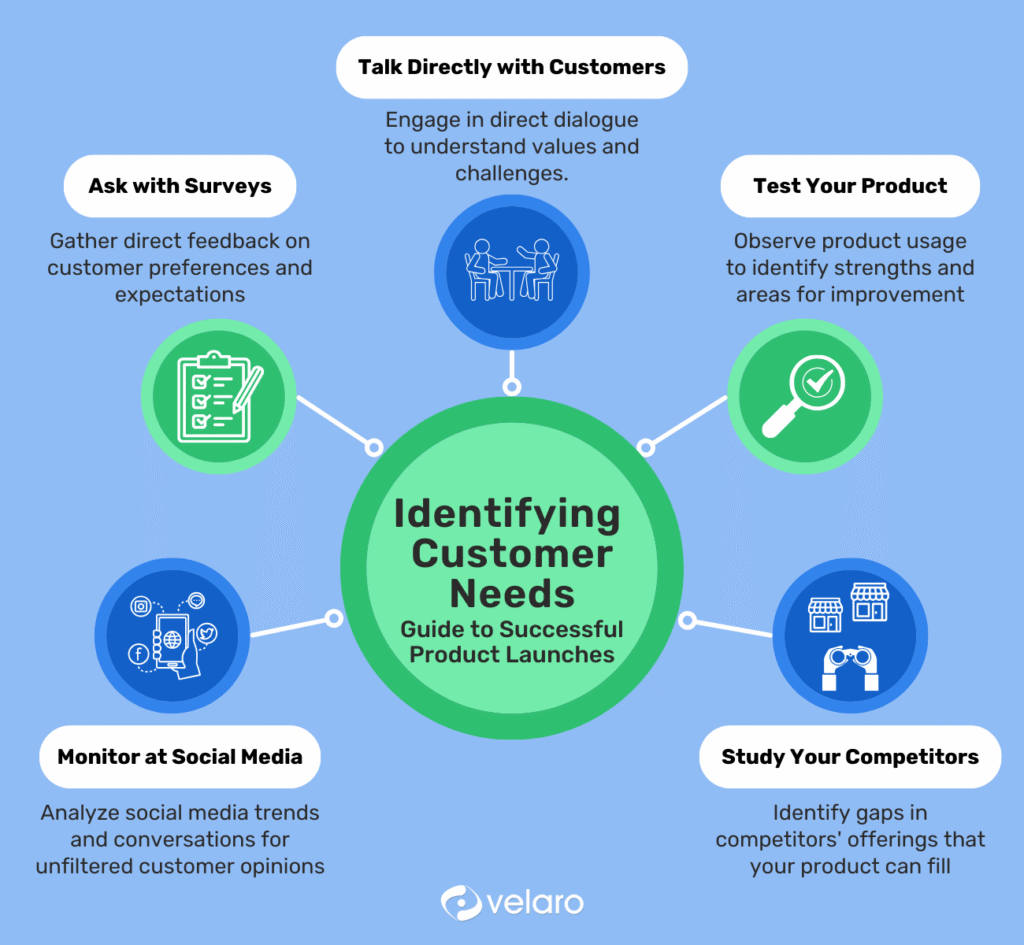
Delivering effective solutions requires a clear and thorough understanding of client needs. This approach moves beyond superficial conversations and builds the trust necessary for strong, lasting partnerships. Understanding a client’s goals demonstrates true commitment, which serves as a foundation for any productive business relationship. The following five steps provide a practical framework for gaining genuine insight into what clients truly need.
Practice Active Listening
Active listening involves more than simply hearing words. It means giving full attention to a client’s concerns, objectives, and challenges, while also being attentive to non-verbal signals such as tone of voice and body language. Paraphrasing what clients say to confirm understanding is important. Focusing completely on their message allows for better clarification, thoughtful questioning, and shows clients that their viewpoints are valued. This type of engagement builds trust and ensures the solutions offered are well matched to client needs.
Conduct Thorough Research
Preparation is essential before meeting with clients. Effective professionals study the client’s industry, market trends, competitors, typical challenges, and unique business goals carefully. This groundwork leads to more meaningful and focused conversations, moving the discussion beyond basic questions. By using sources such as market reports, industry publications, webinars, customer feedback, relevant case studies, and real-world examples, advisors can present strategies that fit the client’s unique situation perfectly. Thorough preparation not only improves the relationship from the outset but also leads to better results, deeper trust, and long-term success for everyone involved.
Develop Empathy
Demonstrating empathy enables professionals to understand challenges from the client’s perspective, which is crucial for building strong relationships and tailoring solutions. By actively listening and approaching situations empathetically, professionals can anticipate concerns and offer genuine reassurance, ultimately fostering deeper connections and strengthening client trust and loyalty. Empathy is vital for strong client relationships, involving genuinely understanding a client’s perspectives, emotions, and challenges. According to IQ-EQ, empathy builds trust and partnership, allowing advisors to address concerns effectively and provide tailored solutions. Demonstrating authentic care and listening strengthens long-term connections, improves communication, problem-solving, and ultimately leads to better outcomes for both clients and advisors.
Use Comprehensive Feedback Mechanisms
Regular feedback is key to understanding client expectations and monitoring satisfaction. Methods like surveys, review meetings, and informal discussions can reveal valuable insights. Taking action based on client feedback shows a commitment to meeting their needs and keeps services aligned with their goals. Michael Rustom Toronto, a technology solutions consultant with nearly 30 years of experience in sales leadership and IT, exemplifies the value of expertise combined with a client-focused approach. Michael Rustom Toronto practice demonstrates how empathy and personalized solutions build strong client relationships.
Build Collaborative Partnerships
Ongoing collaboration with clients in problem-solving, planning, and strategy helps uncover evolving needs and long-term goals. Scheduling regular updates, planning sessions, and in-depth conversations ensures strategies remain relevant and challenges are addressed quickly. This consistent, open communication is the basis for relationships built on trust, transparency, and shared understanding. Strong partnerships benefit both parties, reinforce results, and ensure client needs are always a priority.
Genuine client relationship management begins with sincere efforts to understand their unique needs. By investing time and care in these five steps, organizations can achieve better outcomes while earning lasting trust and loyalty.